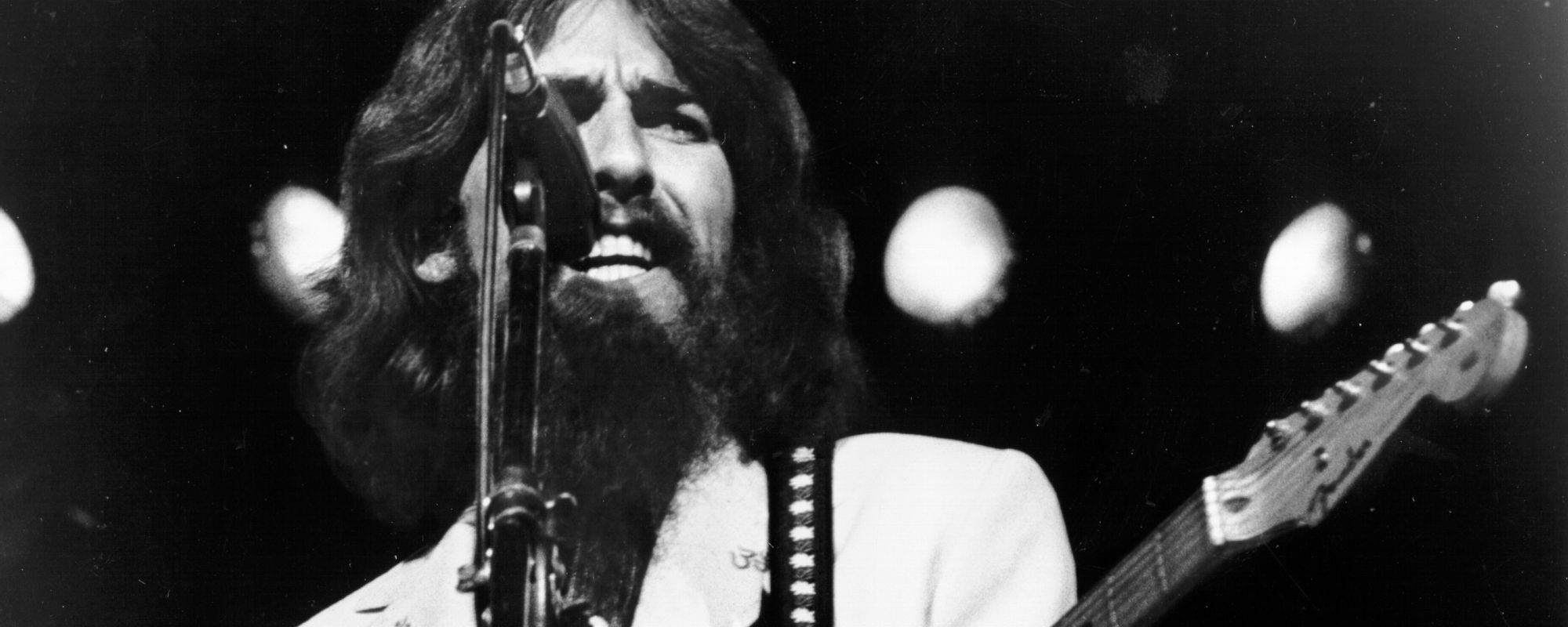“Carnival of Light” is one Beatles song that’s unlikely to see the light of day. Recorded on January 5, 1967, during the band’s sessions for “Penny Lane”—initially intended for Sgt. Pepper’s Lonely Hearts Club Band—the 14-minute, avant-garde “Carnival of Light” was commissioned for The Million Volt Light and Sound Rave. The event was held at the Roundhouse Theatre in London from January 28 through February 4, 1967.
Videos by American Songwriter
Noise Rock
An early progenitor of noise rock, and one of the more experimental pieces by the Beatles, “Carnival of Light” was written by McCartney and recorded by the Beatles at Abbey Road Studios. Filled with gargled sounds and vocals, including random bursts of Are you all right? and Barcelona, the track is pressed by heavy organs, echos, and distorted guitars.
“I said all I want you to do is just wander around all the stuff, bang it, shout, play it, it doesn’t need to make any sense,” said McCartney of his instructions to the band while recording the song. “Hit a drum, then wander on to the piano, hit a few notes. Just wander around. So that’s what we did and then put a bit of an echo on it. It’s very free.”
Played only once at the Roundhouse event, the song has never been released by the band. Inspired by experimental composers Karlheinz Stockhausen and John Cage, “Carnival of Light” is a song McCartney said he was always fond of and would like to release one day. “I like it because it’s The Beatles free, going off piste,” said McCartney. “The time has come for it to get its moment.”
Barry Miles, who later wrote McCartney’s 1997 biography Many Years From Now first approached the Beatle about producing a track for the rave event 30 years earlier. In the book, Miles described the song as having “no rhythm,” with “bursts of feedback guitar,” among other descriptors. An excerpt of that description follows.
“The tape has no rhythm, though a beat is sometimes established for a few bars by the percussion or a rhythmic pounding on the piano. There is no melody, though snatches of a tune sometimes threaten to break through. The Beatles make literally random sounds, although they sometimes respond to each other; for instance, a burst of organ notes answered by a rattle of percussion. The basic track was recorded slow so that some of the drums and organ were very deep and sonorous, like the bass notes of a cathedral organ. Much of it is echoed and it is often hard to tell if you are listening to a slowed-down cymbal or a tubular bell.
“John and Paul yell with massive amounts of reverb on their voices, there are Indian war cries, whistling, close-miked gasping, genuine coughing and fragments of studio conversation, ending with Paul asking, with echo, ‘Can we hear it back now?’ The tape was obviously overdubbed and has bursts of feedback guitar, schmaltzy cinema organ, snatches or jangling pub piano, some unpleasant electronic feedback and John yelling, ‘Electricity’. There is a great deal of percussion throughout, again much of it overdubbed. The tape was made with full stereo separation and is essentially an exercise in musical layers and textures. It most resembles ‘The Return Of The Son Of Monster Magnet’, the twelve-minute final track on Frank Zappa’s ‘Freak Out!’ album, except there is no rhythm and the music here is more fragmented, abstract, and serious. The deep organ notes at the beginning of the piece set the tone as slow and contemplative.”
Vetoed
In 1996, McCartney wanted to include “Carnival of Light” on the Beatles’ compilation Anthology 2, but the song was vetoed by Ringo Starr, George Harrison, and Yoko Ono.
“We were listening to everything we’d ever recorded [for ‘Anthology’],” said McCartney. “I said it would be great to put this on because it would show we were working with really avant-garde stuff, but it was vetoed. The guys didn’t like the idea, like, ‘This is rubbish.’”
[RELATED: The Beatles Release ‘Sgt. Pepper’s Lonely Hearts Club Band’ in 1967]
“Carnival of Light” has never had an official release and remains in the band’s vault. McCartney recently teased a release of the locked-up song prior to the 30th-anniversary remaster of Sgt. Pepper’s Lonely Hearts Club Band in 2017, but it still hasn’t seen the light.
Photo: Cummings Archives/Redferns












Leave a Reply
Only members can comment. Become a member. Already a member? Log in.